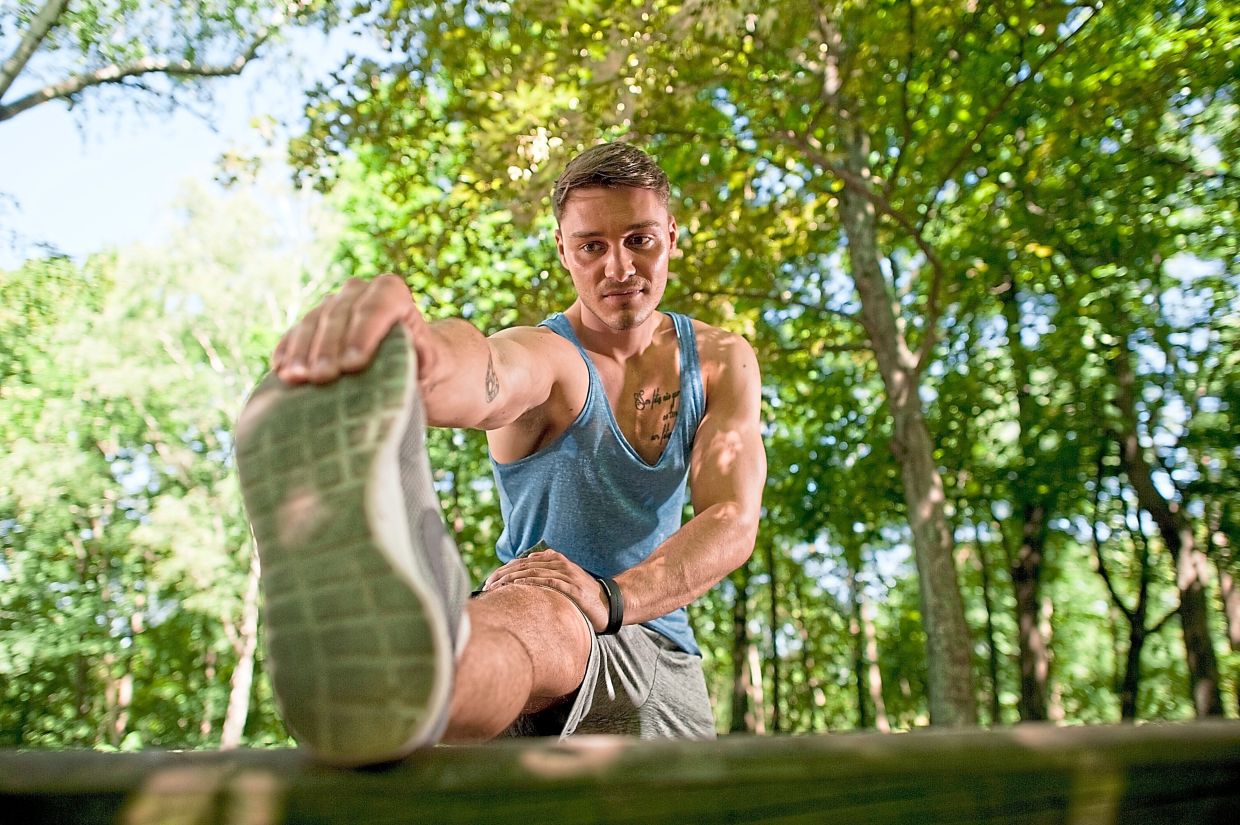Stretching is often considered a universal remedy for preventing muscle soreness, improving posture and speeding up recovery from a tough workout.
But it might not be as effective as many of us believe.
“Stretching works well in some areas, but in others, it is rather overrated,” says Neuromotorics and Movement Chair Professor Dr Jan Wilke of Germany’s University of Bayreuth.
He notes that “even if stretching does not always deliver what it promises, it is an easy-to-apply, always-available and cost-free form of exercise” – provided you know its purpose and how to do it.
Prof Wilke, together with an international research team, has developed scientifically-based recommendations on stretching.
These are intended to provide guidance for trainers, therapists and athletes.
The research team recommends stretching for the following:
- Short-term improvement in flexibility – at least two sets of five to 30 seconds each (any technique is fine).
- To combat muscle stiffness – at least four minutes of static stretching, five times a week in the long term.
- To positively influence the cardiovascular (heart) system and blood vessels – at least seven minutes of static stretching for acute effects or 15 minutes for long-term benefits.
In other cases, stretching does not deliver the effects that are often attributed to it.
For example, it cannot correct poor posture, such as a rounded back, nor is it as effective in preventing injuries during workouts as many believe.
Additionally, there are alternatives that are just as effective or even better.
For instance, greater flexibility can also be achieved through strength training, provided it is performed across the full range of motion.
The consensus paper by the 20 researchers was recently published in the Journal of Sport and Health Science. – dpa
